Big data is revolutionizing marketing by helping companies understand their customers, optimize campaigns, and boost ROI. This article highlights nine real-world examples of how businesses leverage big data to achieve impactful results:
- Netflix: 80% of content discovery comes from personalized recommendations.
- Amazon: Tailored shopping experiences based on browsing and purchase history.
- Kroger: Personalized coupons with 60% higher redemption rates than average.
- The Economist: Data-driven campaigns that significantly increase subscriptions.
- Airbnb: Regional marketing optimization using geographic data.
- Spotify: Engaging campaigns like "Spotify Wrapped" drive user engagement.
- DirecTV: Targeting new movers with personalized offers.
- Abreva: Shifted to YouTube ads, improving brand recall by 41%.
- Very.co.uk: Weather-based shopping suggestions for relevant product recommendations.
Quick Comparison
| Company | Big Data Strategy | Key Result |
|---|---|---|
| Netflix | Viewing pattern analysis | 80% of content discovery from recommendations |
| Amazon | Purchase and browsing data analysis | Enhanced customer loyalty and sales |
| Kroger | Shopping behavior analysis | 60% higher coupon redemption rates |
| The Economist | Customer behavior insights | Increased subscriptions |
| Airbnb | Regional performance analysis | Improved marketing effectiveness |
| Spotify | User data analysis for campaigns | Boosted user engagement |
| DirecTV | USPS data for mover targeting | Outperformed traditional marketing efforts |
| Abreva | Machine learning for YouTube ads | 41% brand recall increase |
| Very.co.uk | Weather-based product recommendations | Contextually relevant shopping experience |
This guide also offers actionable steps to integrate big data into your marketing strategy, including setting goals, gathering data, and using analytics tools effectively. Dive in to learn how to use data to create personalized, data-driven campaigns that deliver measurable results.
9 Examples of Big Data Marketing Success
1. Netflix: Tailored Content Recommendations
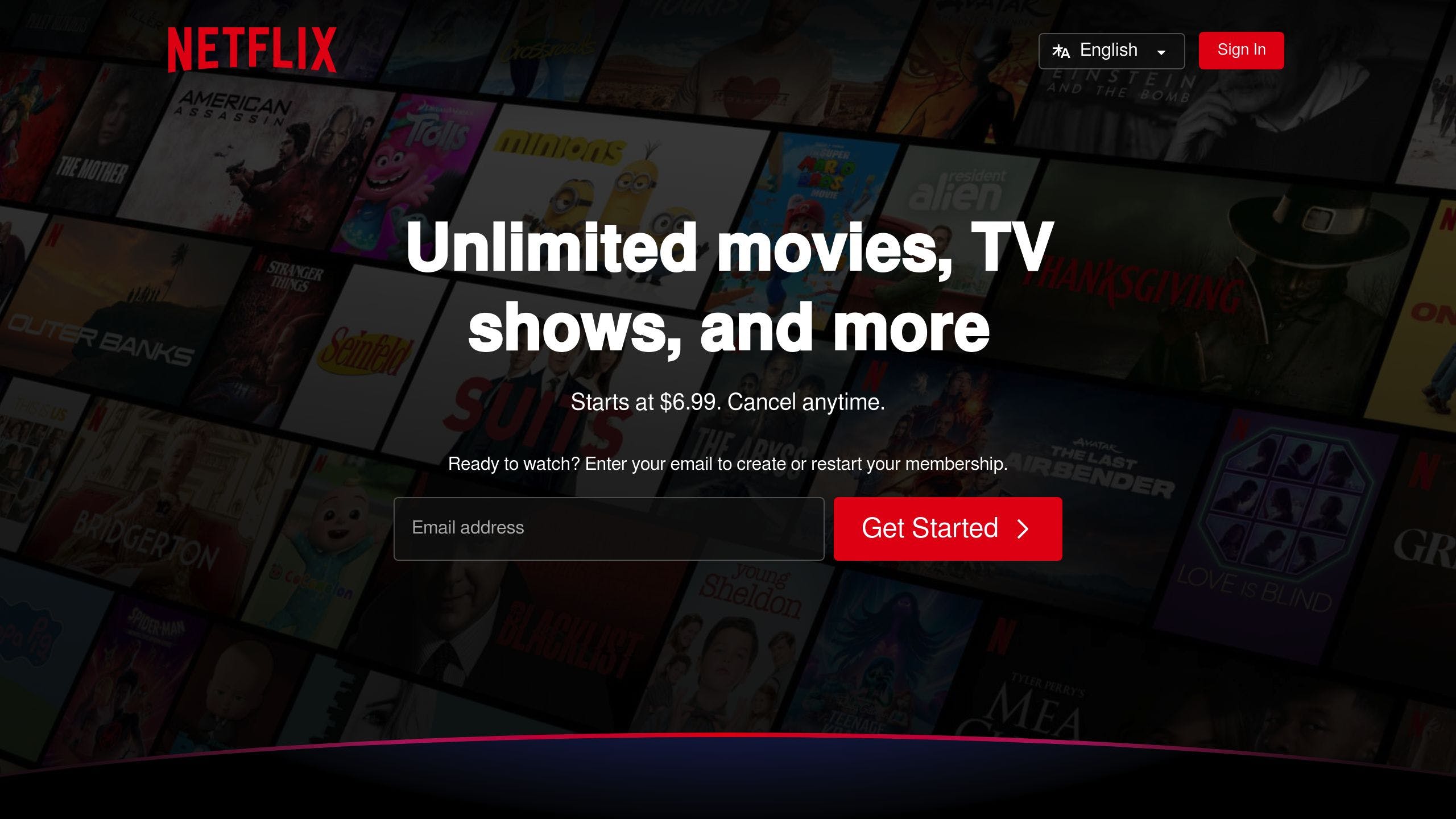
Netflix uses data analytics to customize content suggestions. Their recommendation engine examines viewing habits, ratings, and metadata to offer personalized options. This strategy is a game-changer, with 80% of content discovery on the platform coming from these recommendations [1].
2. Amazon: Customized Shopping Journeys

Amazon taps into customer data like purchase history and browsing patterns to create a shopping experience tailored to individual users. This approach strengthens customer loyalty and boosts sales [1].
3. Kroger: Targeted Coupon Campaigns
Kroger analyzes shopping behaviors to craft personalized coupon campaigns. This targeted strategy achieves coupon redemption rates that are 60% higher than the industry average [1].
4. The Economist: Better Audience Insights
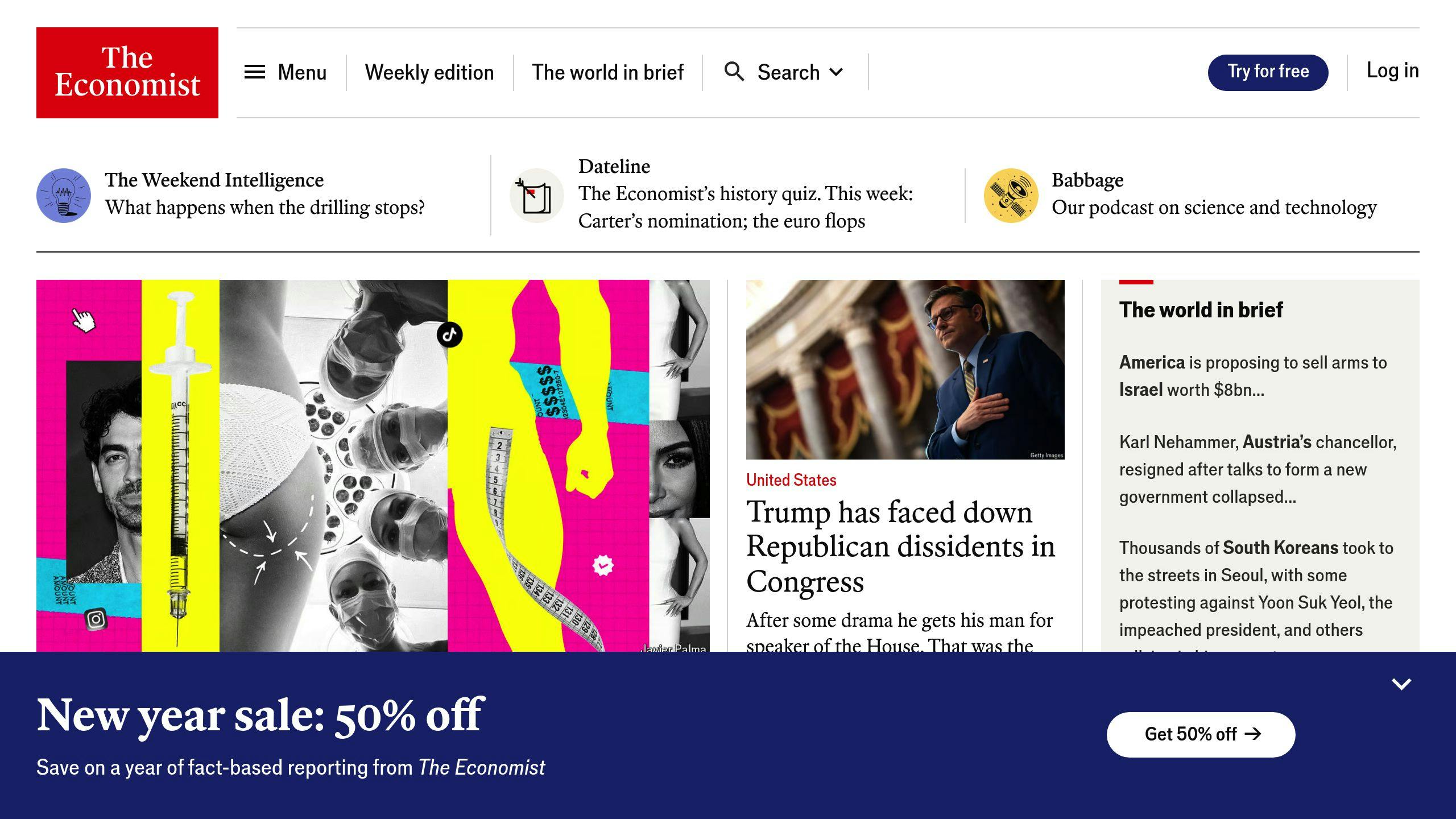
The Economist uses a customer data platform to study reader behavior. These insights allow them to design targeted campaigns, leading to a surge in subscriptions [1].
5. Airbnb: Regional Marketing Optimization
Airbnb relies on big data to refine its marketing strategies across different regions. By evaluating geographic performance data, the company identifies trends and adjusts its efforts, improving the effectiveness of its promotions [1].
6. Spotify: Engaging Personalized Campaigns

Spotify’s "Wrapped" campaign dives into billions of listener data points to create highly engaging, shareable content. This initiative drives strong user engagement and attracts new subscribers [2].
7. DirecTV: Connecting with New Movers
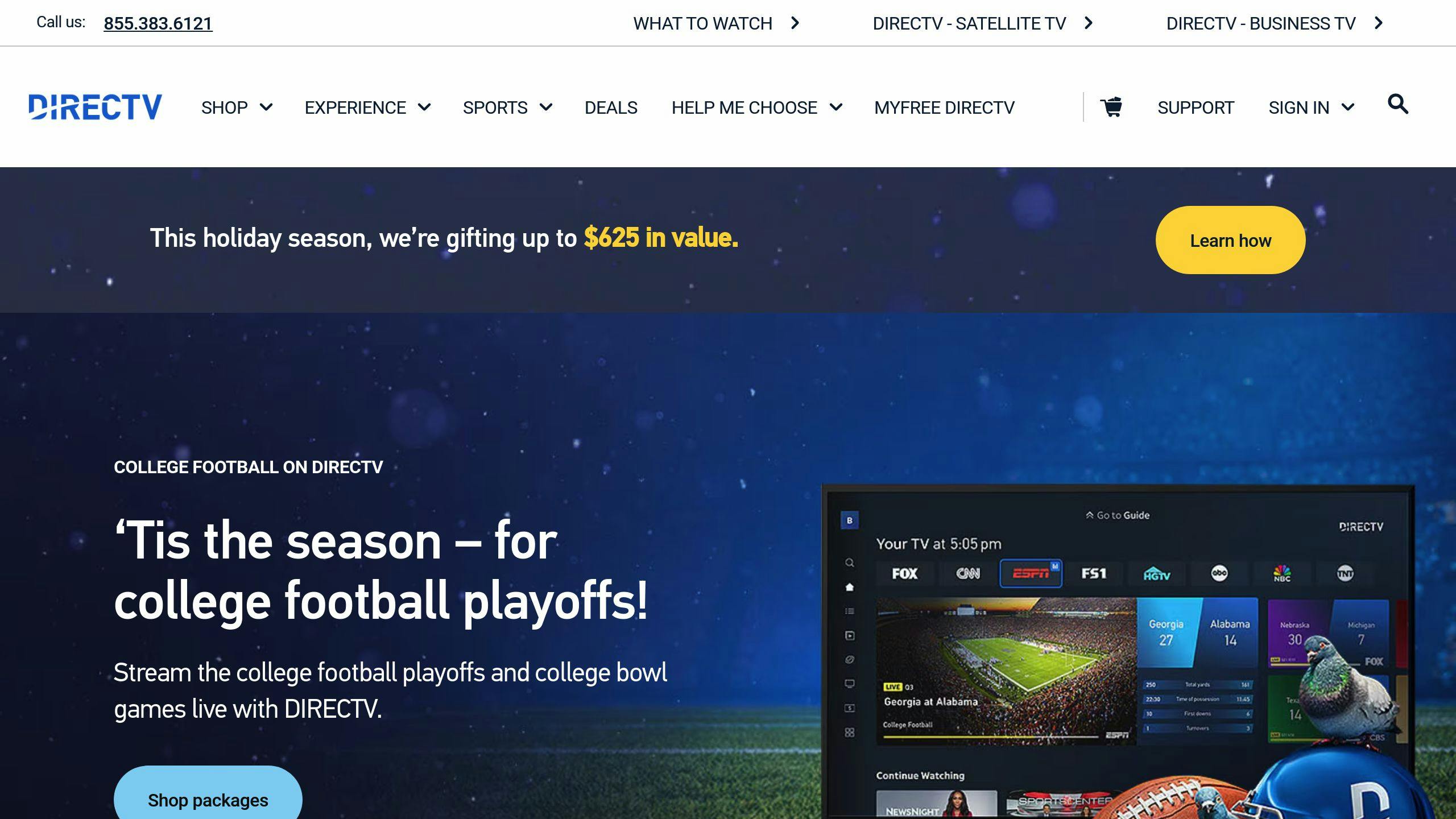
DirecTV uses USPS change-of-address data to connect with people who recently moved. By creating personalized homepages for these users, they outperformed traditional marketing efforts, even those offering $300 gift card incentives [2].
8. Abreva: Data-Driven Marketing Shift
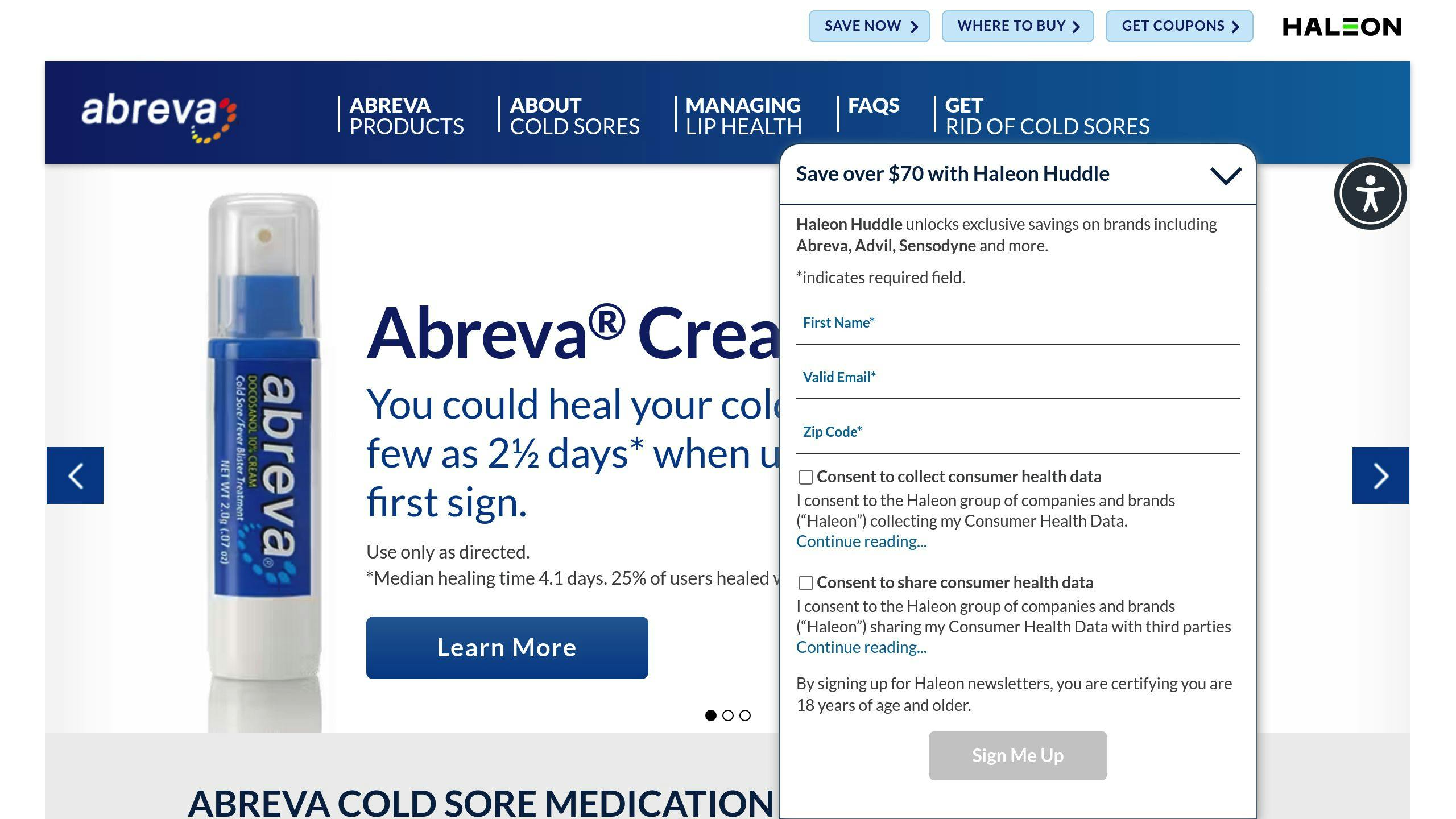
Abreva revamped its marketing strategy using big data analytics. The brand transitioned from traditional TV ads to YouTube, leveraging machine learning to precisely target their audience and improve campaign efficiency [2].
9. Very.co.uk: Context-Aware Shopping Suggestions
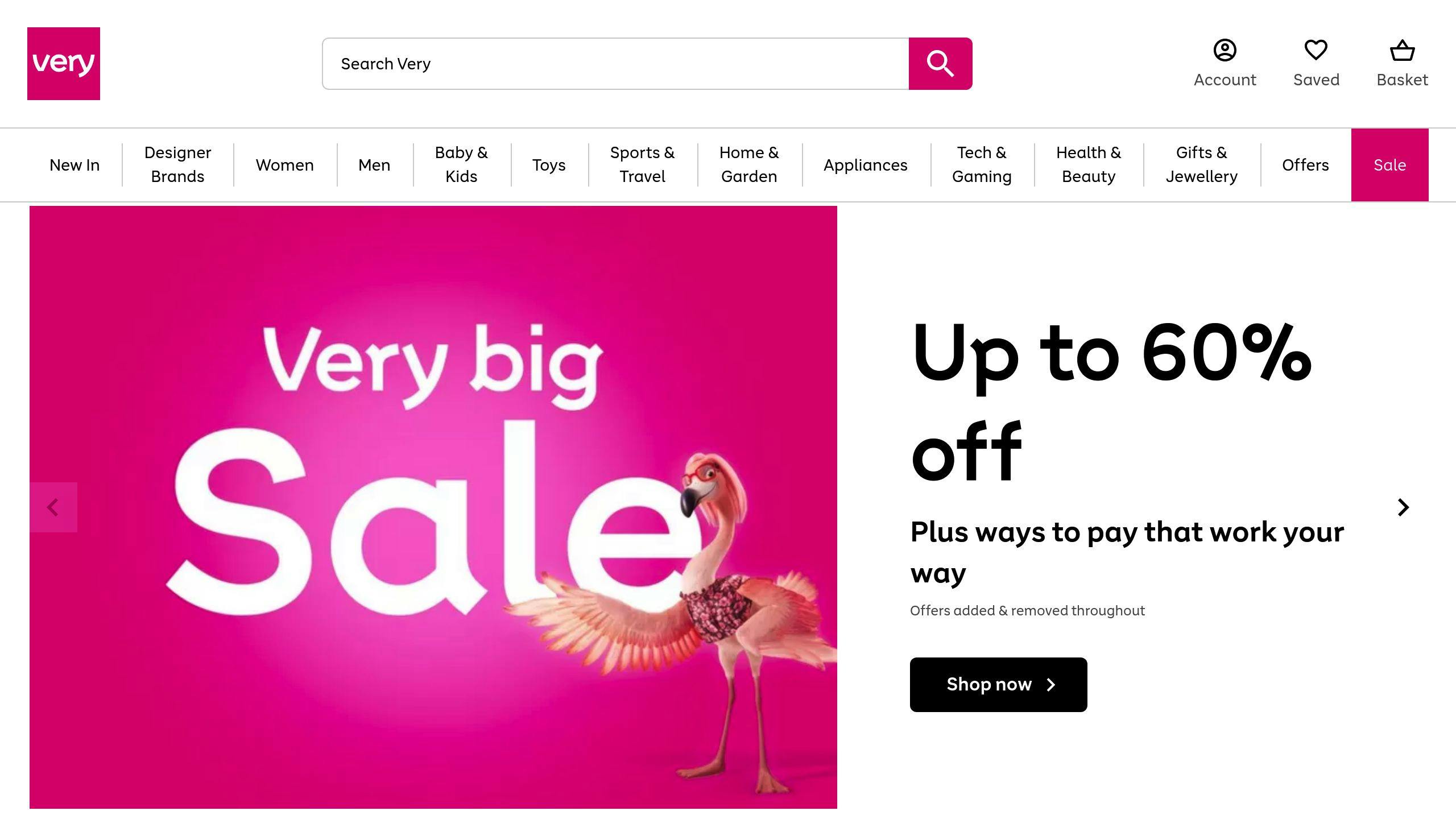
Very.co.uk integrates local weather data to recommend products that fit the current conditions, offering a contextually relevant shopping experience [2].
| Company | Big Data Strategy | Key Result |
|---|---|---|
| Netflix | Viewing pattern analysis | 80% of content discovery from recommendations |
| Kroger | Purchase data analysis | 60% higher coupon redemption rates |
| DirecTV | New mover targeting | Outperformed traditional marketing efforts |
| Spotify | User behavior analysis | Significant boost in user engagement |
"Big data is transforming how companies understand and connect with their customers. The success stories of these companies demonstrate that when properly implemented, data-driven marketing strategies can lead to remarkable improvements in customer engagement and business outcomes." [1]
These examples show how businesses are using big data to create personalized marketing strategies that deliver real results. By applying similar methods, you can better understand your audience and achieve impactful outcomes in your campaigns.
Big Data Analytics: 11 Case Histories and Success Stories
Using Big Data in Your Marketing Strategy
Here's how to make the most of big data in your marketing efforts.
Steps to Implement Big Data Marketing
Start by setting clear goals for your data-driven marketing. Focus on outcomes like boosting engagement, increasing conversions, or improving customer retention. Begin with a small-scale project to test your strategy.
Gather data from a variety of sources to get a complete picture:
- Customer behavior: Purchase history, browsing habits, and interaction metrics
- Demographics: Age, location, and individual preferences
- Market trends: Industry benchmarks and competitor insights
- Campaign performance: Metrics like response rates, conversions, and ROI
Combine these data sets to create a comprehensive view of your audience.
Once you've defined your goals and collected data, the next step is selecting tools that can transform this information into actionable insights.
Selecting Marketing Analytics Tools
Choose tools that offer features like data collection, predictive analytics, visualization, and seamless integration.
"Machine learning plays a crucial role in analyzing large datasets to gain insights and make predictions. For instance, Abreva used machine learning to create 119 versions of one base ad, which helped increase brand recall by 41% and search interest by 342%" [2].
To find the right solution, check out the Marketing Analytics Tools Directory, which provides options for analytics and campaign tracking tailored to your needs.
Keep an eye on your data and adjust your strategies based on performance. For example, Spotify uses continuous data analysis to fine-tune campaigns and enhance user engagement [2].
Finally, ensure your approach to data is both ethical and effective. Following ethical practices not only helps with compliance but also fosters customer trust, which is key for long-term success. This includes:
- Establishing robust data governance
- Staying compliant with privacy laws
- Regularly updating and cleaning your data systems
sbb-itb-5174ba0
Conclusion: The Impact of Big Data on Marketing
Big data has reshaped how businesses approach marketing, offering tools to craft personalized experiences and make smarter decisions backed by data. Success stories from various industries highlight how companies are tapping into this resource to drive results.
Here are three ways big data is changing the game:
- Personalized Experiences: Brands like Netflix and Amazon use big data to tailor their offerings, boosting customer satisfaction and sales [1].
- Better Campaign Results: Kroger, for example, achieved coupon redemption rates 60% above the industry average by using data to target audiences more precisely [1].
- Informed Decisions: Companies like The Economist and Airbnb rely on big data to uncover market trends and allocate resources effectively, opening doors to new opportunities [1][3].
"Machine learning plays a crucial role in analyzing large datasets to gain insights and make predictions. For instance, Abreva used machine learning to create 119 versions of one base ad, which helped increase brand recall by 41% and search interest by 342%" [2].
Big data isn't just a tool - it's a competitive edge. By studying customer patterns, analyzing market shifts, and measuring campaign effectiveness, businesses can craft more precise and successful marketing strategies.
Getting started with big data doesn't have to be overwhelming. Begin with clear goals and scale up as your needs grow. Modern tools make data-driven marketing accessible for companies of all sizes. The examples we've covered show how turning data into actionable insights can enhance customer engagement, boost conversions, and improve ROI.
Additional Resources
Now that we've looked at examples of big data success, here are some resources to help you apply similar strategies effectively:
Marketing Analytics Tools Directory
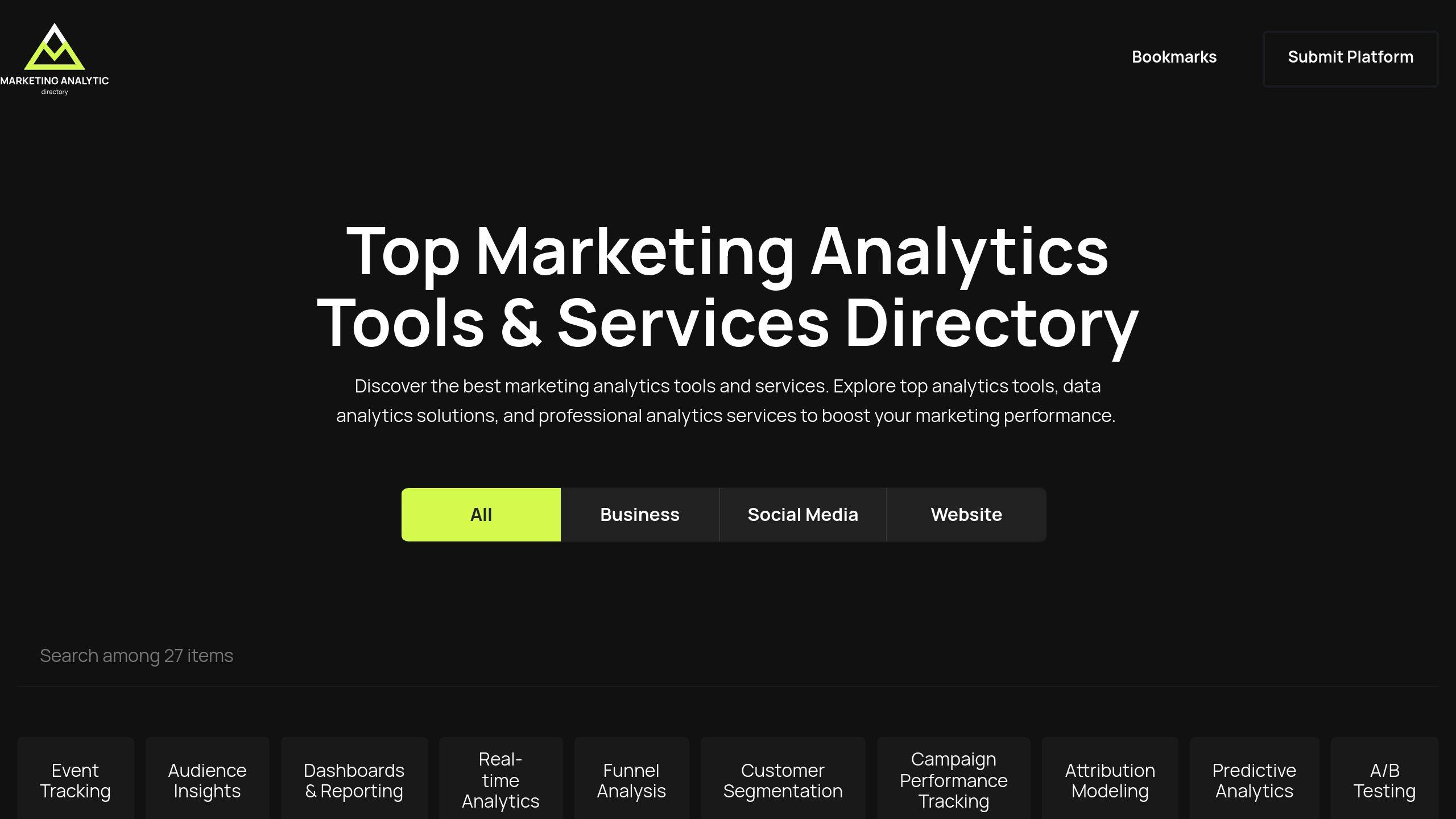
This platform is a go-to for businesses looking to follow in the footsteps of companies like Netflix or Spotify. It can help you:
- Find tools for real-time analytics and enterprise-level business intelligence.
- Solve data silos and integration issues with specialized solutions.
- Compare options for tracking campaigns and improving performance.
| Analytics Capability | Business Impact | Key Considerations |
|---|---|---|
| Real-Time Analytics | Quick campaign adjustments | Speed of data processing and integration options |
| Predictive Analytics | Anticipating future trends | Machine learning features and data quality |
| Customer Segmentation | Tailored marketing efforts | Data collection methods and privacy regulations |
| Campaign Attribution | Accurate ROI measurement | Ability to track across multiple channels |
You can also expand your knowledge through certification programs by the Data Science Council of America (DASCA), research papers from the International Institute for Analytics (IIA), industry webinars, and professional analytics communities.
These tools and resources can help you kick off data-driven marketing strategies that deliver measurable outcomes.
FAQs
Big data has transformed marketing, as seen in the success stories we've discussed. Below, we tackle some common questions about how businesses use big data to gain an edge.
What is an example of a company collecting big data for competitive advantage?
Netflix uses advanced analytics to deliver personalized content recommendations. This approach drives 80% of content discovery and helps them stay ahead in the streaming industry. By analyzing viewer preferences and behavior, Netflix consistently outperforms its competitors [1].
How do companies use big data to improve customer experience?
Amazon leverages machine learning to study customer behavior, creating personalized shopping experiences that boost satisfaction and sales. This approach has played a key role in building customer loyalty and increasing revenue [1].
How does big data help reshape marketing strategies?
Abreva's shift in marketing is a great example. After finding that most cold sore cases start in adolescence, they moved from TV ads to YouTube. This change boosted brand recall by 41% and search interest by 342%, allowing them to connect more effectively with their teenage and young adult audience [2].
What role does big data play in understanding audiences better?
The Economist uses big data to determine the best times to present marketing offers, leading to higher subscription rates. Their customer data platform allows precise targeting, aligning offers with reader preferences and driving growth [1].
Can you provide an example of how geolocation data is used in big data marketing?
Very.co.uk applies geolocation data to personalize homepage content based on local weather. By suggesting products suited to the climate, they create a more engaging shopping experience. This use of real-time location insights enhances personalization [2].
These examples show how big data helps businesses personalize, innovate, and achieve measurable results in their marketing efforts.


